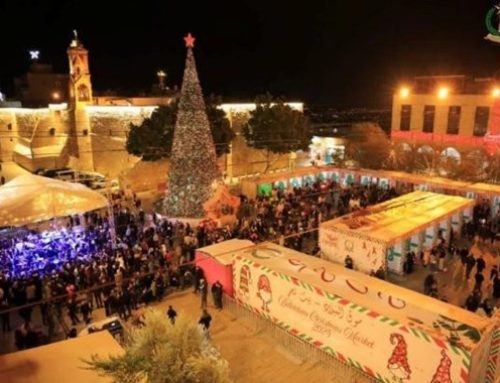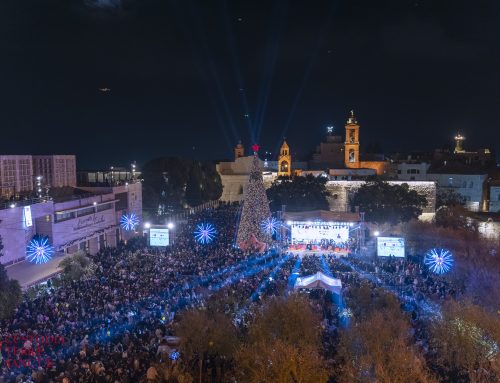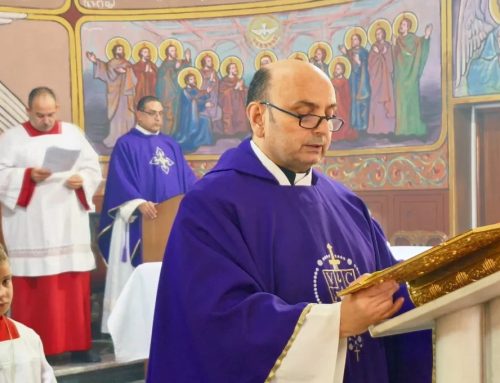A team of researchers from the University of Athens has removed the slab on the Holy Sepulchre. The latter will remain open for three days. After decades of waiting, experts will be able to examine the fill material and bedrock where Christ’s body was laid. Meanwhile, restoration of the Edicule continues. Everything should be completed by March 2017.
Jerusalem – Preservation experts have opened for the first time in more than two centuries what Christians believe is Jesus’ tomb inside the Church of the Holy Sepulchre in Jerusalem.
A marble slab covering the burial place, among the holiest in Christianity, was pulled back for three days as part of both archaeological and restoration work.
For Father Samuel Aghoyan, the church’s Armenian superior, this is something exceptional. This is the first time the marble has been removed since at least 1810. Before that, the slab was removed only once, in 1555.
Researchers, archaeologists and experts have waited for decades for this historic event. Studying the edicule of the Holy Sepulchre and the bedrock makes it possible to rediscover the tomb’s original form and feel the “identity” of what is considered “the most sacred site of Christendom.”
“The marble covering of the tomb has been pulled back, and we were surprised by the amount of fill material beneath it,” said Fredrik Hiebert, archaeologist-in-residence at the National Geographic Society.
“It will be a long scientific analysis, but we will finally be able to see the original rock surface on which, according to tradition, the body of Christ was laid.”
The restoration project is expected to be completed by March 2017, in time for Easter, and the site will remain open to visitors for nearly the entire time, although the ornate edicule has been surrounded by scaffolding. An hulking iron cage built around the latter was shown to be enough.
The project required the agreement of three Christian denominations (Greek Orthodox, Latin, and Armenian), and is funded by public and private contributions.
Roman Emperor Constantine had the Holy Sepulchre built in 325 A.D. after his mother Helena found the site. Over the centuries the complex was partially destroyed and rebuilt and is one of the most visited and venerated pilgrimage locations in the Holy Land.
It contains the site where Jesus’s remains were placed after his death on the cross. The restoration work is being carried out by a team of Greek specialists.
Source: Asia News






